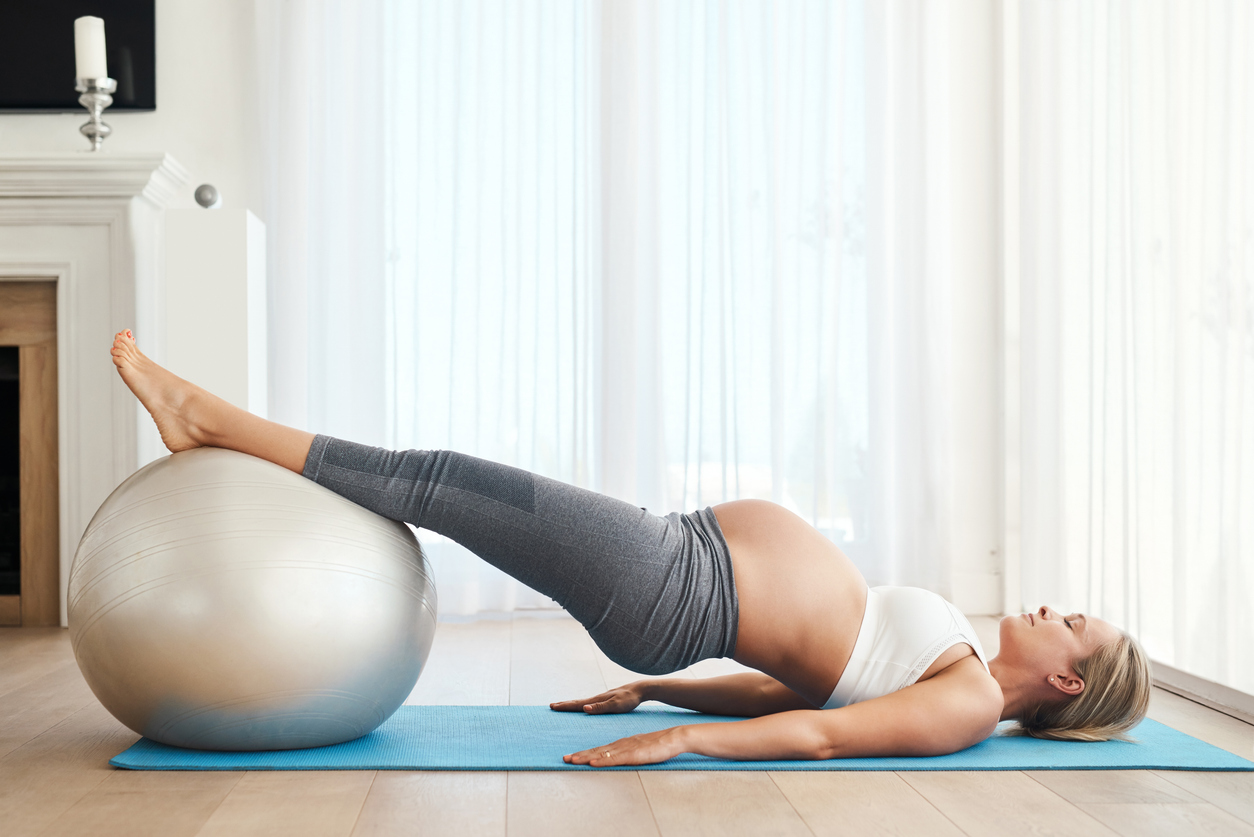Regaining your pre-pregnancy fitness level can be a challenging task. However, with the right approach and a well-structured fitness routine, it is entirely possible. This guide will provide you with a comprehensive understanding of post-pregnancy fitness routines, including the benefits, safety precautions, and a variety of exercises to incorporate into your routine.
The Importance of Post-Pregnancy Fitness
After giving birth, your body undergoes a series of changes as it recovers. Physical activity can aid this recovery process, helping to strengthen your body and improve overall health. Regular exercise can also boost your mood, reduce postpartum depression, and increase energy levels.
Moreover, post-pregnancy fitness routines can help you lose the weight gained during pregnancy. It can also strengthen your core muscles, which are often weakened during pregnancy, and improve your overall body strength and endurance, making it easier to care for your new baby.
When to Start a Post-Pregnancy Fitness Routine
It’s important to consult your healthcare provider before starting any fitness routine after giving birth. Generally, if you had a normal vaginal delivery, you might be able to start light exercises within days of giving birth. If you had a C-section or complications, you might need to wait a bit longer.
Remember, every woman’s body is different, and what works for one may not work for another. Listen to your body and start when you feel ready.
Creating Your Post-Pregnancy Fitness Routine
Creating a post-pregnancy fitness routine requires careful planning. The routine should be flexible to accommodate your new schedule and physical condition. It should also be balanced, including a mix of cardiovascular exercises, strength training, and flexibility exercises.
Start slowly and gradually increase the intensity and duration of your workouts. Remember, the goal is to improve your fitness, not to compete with others. It’s okay to take breaks and modify exercises as needed.
Cardiovascular Exercises
Cardiovascular exercises, such as walking, jogging, or cycling, can help burn calories and improve heart health. Start with short, low-intensity sessions and gradually increase the duration and intensity as your fitness improves.
For example, you might start with a 10-minute walk around the block, gradually increasing the duration and pace as your body allows. Remember to stay hydrated and to wear comfortable shoes.
Strength Training
Strength training can help rebuild muscle tone and strength lost during pregnancy. Exercises such as squats, lunges, and push-ups can be done at home without any equipment. Start with a few repetitions and gradually increase as your strength improves.
Remember to focus on your form rather than the number of repetitions. It’s better to do fewer repetitions with good form than to do many repetitions with poor form.
Flexibility Exercises
Flexibility exercises, such as stretching and yoga, can help improve your posture and reduce muscle tension. They can also help you relax and manage stress, which is particularly important for new mothers.
Try to incorporate flexibility exercises into your routine, either as a standalone session or as part of your warm-up and cool-down. Remember to breathe deeply and to stretch both sides of your body equally.
Safety Precautions for Post-Pregnancy Fitness
While exercise is generally safe after pregnancy, there are a few precautions you should take. First, always consult your healthcare provider before starting any new fitness routine. They can provide personalized advice based on your health history and current condition.
Second, listen to your body. If you feel pain, dizziness, or shortness of breath during exercise, stop and rest. If these symptoms persist, seek medical attention.
Finally, remember to stay hydrated, eat a balanced diet, and get plenty of rest. Your body needs time to recover and adapt to the new demands of motherhood.
Conclusion
Post-pregnancy fitness is an essential part of recovery and overall health. With careful planning and a balanced approach, you can create a fitness routine that fits your new lifestyle and helps you regain your pre-pregnancy fitness level.
Remember, the journey to fitness is a marathon, not a sprint. Be patient with yourself, celebrate your progress, and enjoy the journey.










